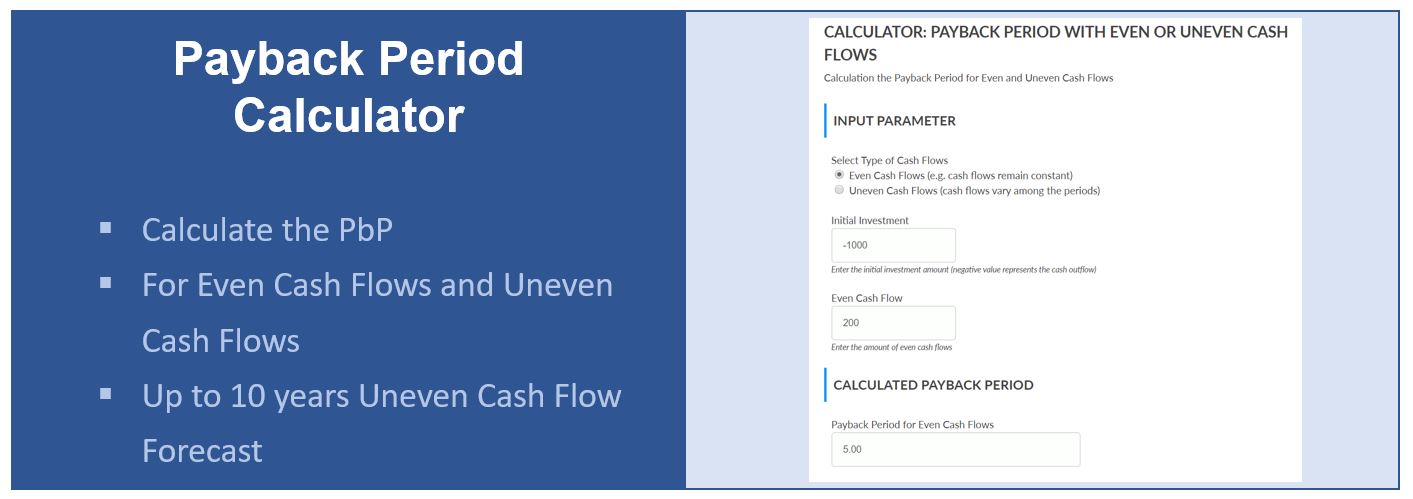
Previously we mentioned that companies look for the shortest payback periods. This is so the money is not tied up for too long and management can reinvest it elsewhere, payback period formula perhaps in additional equipment that will generate more profit. But what if the machine for Jimmy’s Jackets will no longer be profitable past 3 years?
Payback Formula (Subtraction Method)
That’s why it’s important to think about your home’s energy efficiency before you consider solar panels — you can save money on energy and get a smaller solar panel system. Once you know the total cost of your solar system, you also have to factor in any state or federal rebates you might qualify for. The federal residential clean energy credit, for example, gives you up to 30% back. Those credits can lop off a significant chunk of the money you pay for solar panels, making your payback period shorter. According to payback method, the equipment should be purchased because the payback period of the equipment is 2.5 years which is shorter than the maximum desired payback period of 4 years.
How to Calculate When Your Solar Panels Will Start Saving You Money
Calculating payback period in Excel is a straightforward process that can help businesses make critical investment decisions. Understanding the limitations and how to interpret the results correctly is crucial for making informed decisions. Machine X would cost $25,000 and would have a useful life of 10 years with zero salvage value.
- Assume Company A invests $1 million in a project that is expected to save the company $250,000 each year.
- Perhaps in his case the profit might be worth it, depending on what else is going on in his business.
- The project is expected to return $1,000 each period for the next five periods, and the appropriate discount rate is 4%.
- As a general rule of thumb, the shorter the payback period, the more attractive the investment, and the better off the company would be.
- In summary, the payback period and its variant, the discounted payback period, serve as useful initial screenings for investment projects, focusing on liquidity risk.
What are the limitations of the payback period calculation?
Since most capital expansions and investments are based on estimates and future projections, there’s no real certainty as to what will happen to the income in the future. For instance, Jim’s buffer could break in 20 weeks and need repairs requiring even further investment costs. That’s why a shorter payback period is always preferred over a longer one. The more quickly the company can receive its initial cost in cash, the more acceptable and preferred the investment becomes. The discounted payback period is a capital budgeting procedure used to determine the profitability of a project. A discounted payback period gives the number of years it takes to break even from undertaking the initial expenditure, by discounting future cash flows and recognizing the time value of money.
Analysis
If you have a ton of trees looming over your home, a solar system is unlikely to ever generate a significant return; in that case, Jones-Albertus recommends considering community solar. Between mutually exclusive projects having similar return, the decision should be to invest in the project having the shortest payback period. Projects having larger cash inflows in the earlier periods are generally ranked higher when appraised with payback period, compared to similar projects having larger cash inflows in the later periods. Unlike the regular payback period, the discounted payback period metric considers this depreciation of your money.
The shortest payback period is generally considered to be the most acceptable. This is a particularly good rule to follow when a company is deciding between one or more projects or investments. The reason being, the longer the money is tied up, the less opportunity there is to invest it elsewhere. The discounted payback period of 7.27 years is longer than the 5 years as calculated by the regular payback period because the time value of money is factored in. When cash flows are uniform over the useful life of the asset, then the calculation is made through the following payback period equation. Management uses the cash payback period equation to see how quickly they will get the company’s money back from an investment—the quicker the better.

The equation doesn’t factor in what’s happening in the rest of the company. Let’s say the new machine, by itself, is working wonderfully and operating at peak capacity. But perhaps it’s a huge draw on the plant’s power, and its affecting other systems. Perhaps other machines need to be shut down for extended periods in order to allow this new machine to produce.
It is predicted that the machine will generate $120,000 in net cash flow every year. The payback period calculation is straightforward, and it’s easy to do in Microsoft Excel. A project costs $2Mn and yields a profit of $30,000 after depreciation of 10% (straight line) but before tax of 30%. Since the second option has a shorter payback period, this may be a better choice for the company. • The payback period is the estimated amount of time it will take to recoup an investment or to break even.
Assume that Company A has a project requiring an initial cash outlay of $3,000. The project is expected to return $1,000 each period for the next five periods, and the appropriate discount rate is 4%. The discounted payback period calculation begins with the -$3,000 cash outlay in the starting period.
